Traditional Bahamian Cooking Methods
10 min read Discover authentic Bahamian cooking techniques that preserve the island's rich culinary heritage and create vibrant, flavorful dishes. July 05, 2025 06:05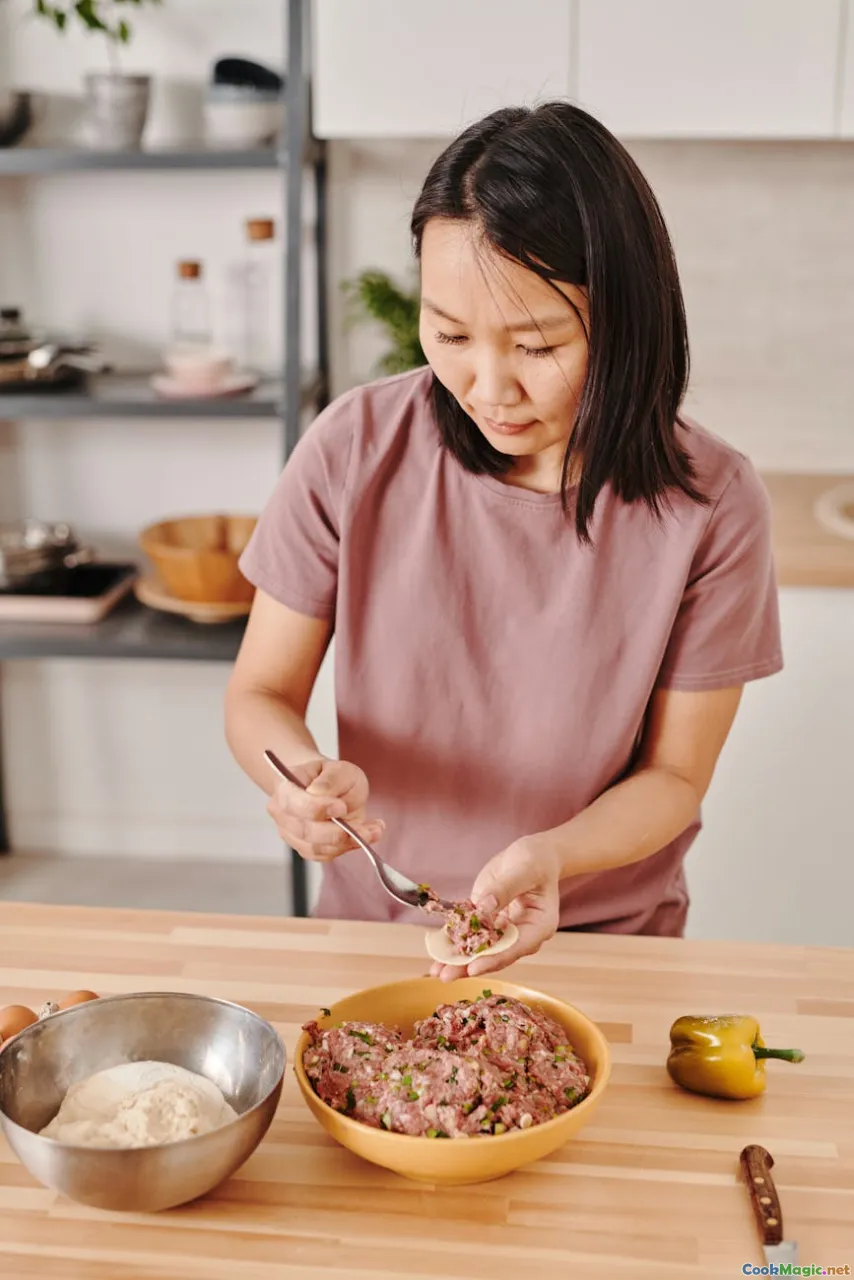
The Heartbeat of Bahamian Cuisine: Traditional Cooking Methods
The Bahamas, an archipelagic collection of islands shimmering under the Caribbean sun, boasts a culinary heritage as vibrant and diverse as its turquoise waters. Every step in Bahamian cooking tells a story—stories of resilience, cultural melding, and a deep reverence for local ingredients. Central to these stories are the traditional cooking methods that have been passed down through generations, forging a culinary identity rooted in community, nature, and time-honored techniques.
Imagine the aroma of smoking fish drifting over a breezy island afternoon or the sizzling sound of conch fritters frying in a cast iron skillet. These sensory experiences transport us directly into the heart of Bahamian kitchens, where methods are as much a part of the culture as the dishes themselves. Let’s journey into these methods, uncovering their origins, techniques, and the soulful dishes they produce.
Open Fires and Plantation-Style Roasting
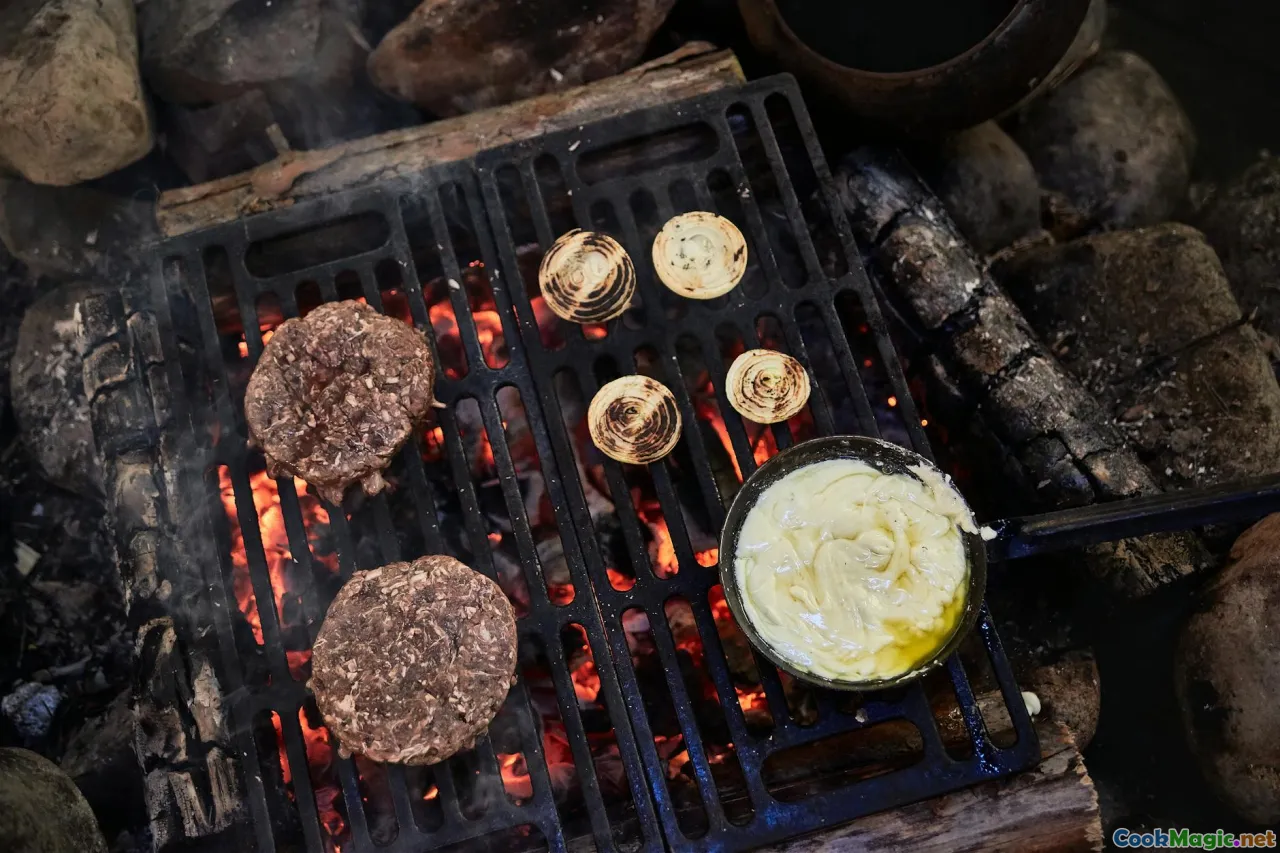
Long before modern gas stoves, Bahamian cooks relied on open flames and wood fires. These methods are not just about cooking food—they are rituals, community events, and celebrations of island life. Traditionally, a central hearth would be built from stones or fire pits dug into the earth, where apprentices learned to control the flames—a skill as vital as the ingredients themselves.
Open fire roasting is especially integral during island festivities and family gatherings. For example, whole fish such as grouper or snapper are seasoned with local herbs—like thyme and scotch bonnet peppers—and then carefully placed over blazing logs or hot coals. The smoke infuses a delicate, woody aroma into the tender flesh, creating a harmony of flavor that no modern oven can replicate.
It's fascinating to observe how the smoke swirls around, swirling flavors into the meat, with cooks monitoring the fire’s intensity and turning the food to achieve that perfectly crisp exterior and juicy interior. The crackling of the flames, the earthy scent, and the visual of glowing embers evoke a primal connection with nature that Bahamian cooks honor in every meal.
Boiling and Steaming: The Art of Stew and Seafood
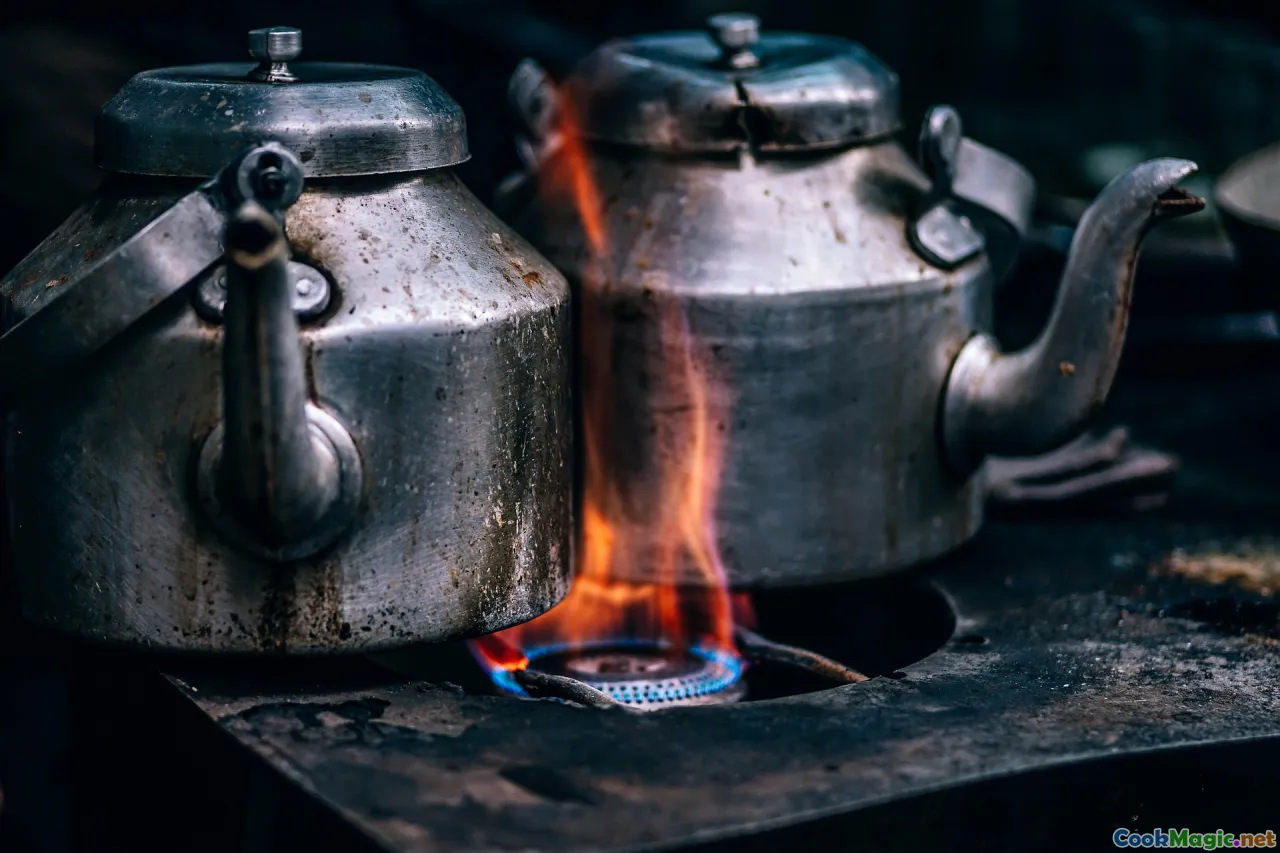
Bahamian cuisine is renowned for its hearty stews and tender seafood, prepared predominantly through boiling and steaming—the indigenous methods that deepen flavors without overpowering the ingredients’ natural juices.
Many dishes begin with a large cast-iron cauldron or a traditional ‘pot’ atop a wood fire or propane burner. The process begins with layering local ingredients: salted meat like chicken or beef, fresh vegetables, seasonings, and sometimes dumplings made from flour. The boiling process melds these components into soulful, comforting dishes such as fish stew or pepperpot.
Seafood, especially conch and lobster, are often steamed gently to preserve their delicate textures. Conch salad, a Bahamian staple, involves soaking conch meat in lime juice, then slicing it thin and tossing it with peppers, onions, and fresh herbs—a process akin to ceviche. The steaming process is crucial here; it tenderizes conch, unlocking its rich, slightly chewy texture paired with a bright, citrusy tang.
Pit Cookery and Under-the-Leaf Barbeque
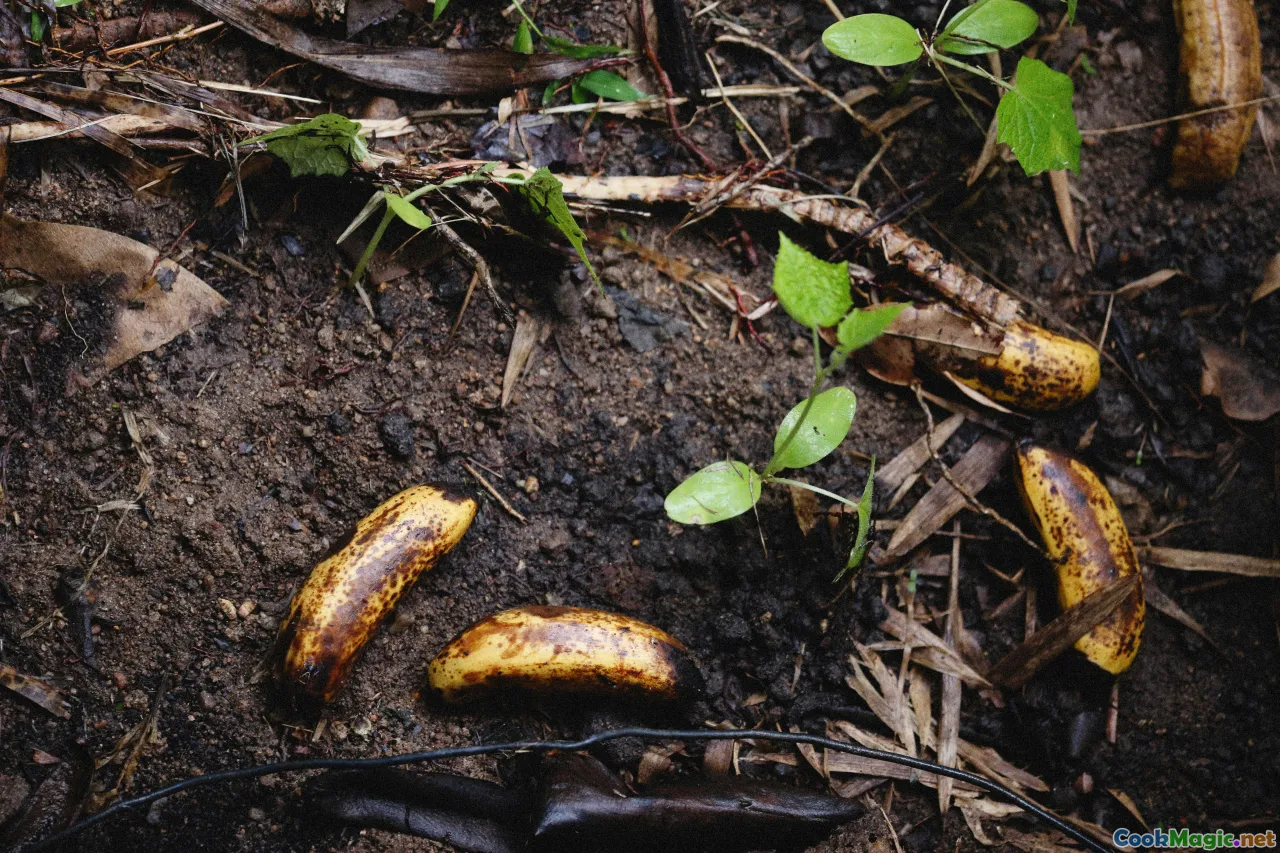
Few techniques evoke the communal spirit of Bahamian cooking as vividly as underground pit cooking, often called Pit Barbecue. In the early days, Bahamian villagers would dig shallow pits, line them with wood and coals, then cover with banana leaves or foraged palms, creating a natural oven.
The magic begins as the food—usually meats like pork, chicken, or conch—is nestled beneath the leafy canopy. The heat from smoldering logs slowly cooks the contents, imparting a smoky, tender quality that respects the ingredients’ integrity. The flavors meld harmoniously, with notes of earthiness and subtle sweetness from thebanana leaves.
Locally, this method is a cornerstone at large community feasts like Junkanoo parades, where the aroma of barbecue drifts over the festivities, inviting everyone to share in the flavorful bounty. The low-and-slow process ensures that every bite is melt-in-your-mouth satisfying.
Stewing and Conch Shell Sauté
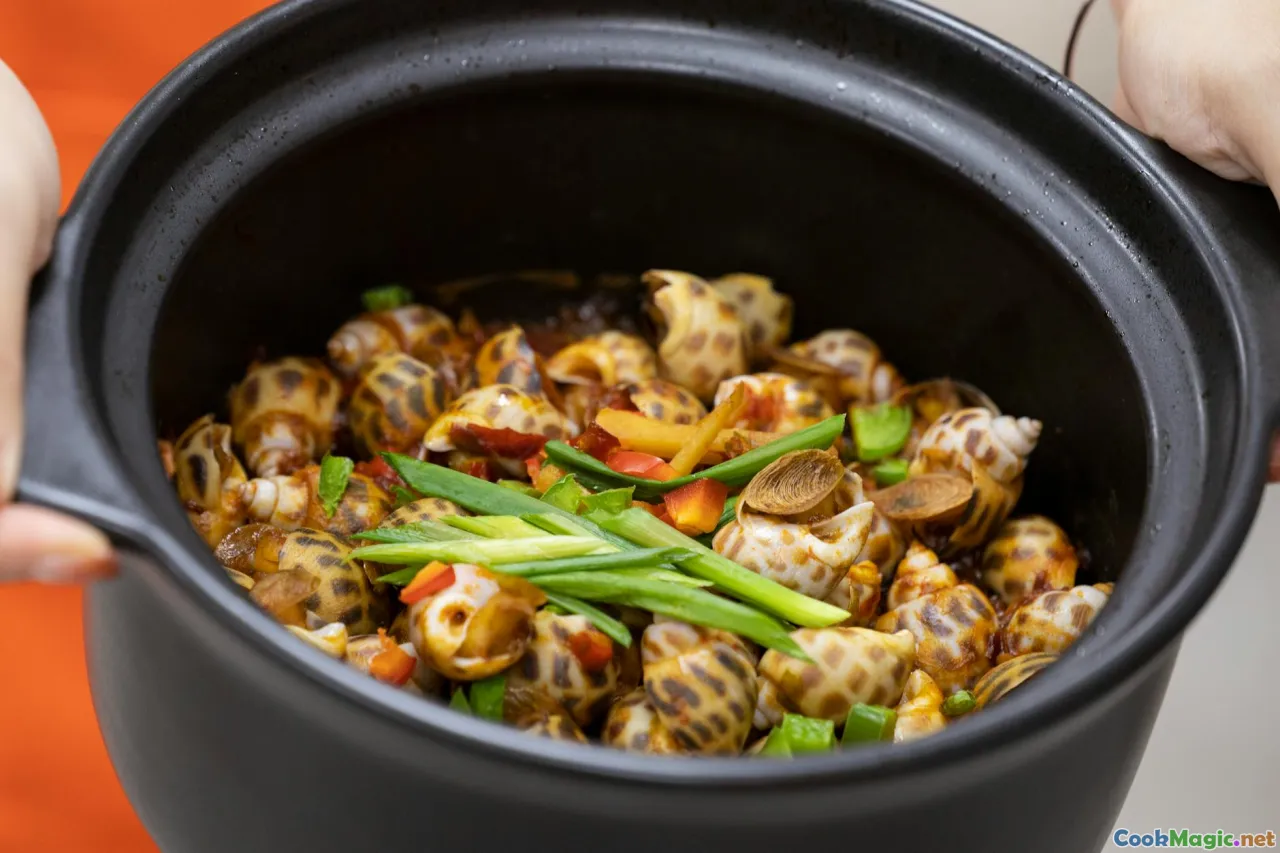
In the Bahamas, conch is more than a seafood—it's a cultural emblem. Traditionally, sections of the conch shell are used as utensils, such as scoops or paddles, during cooking. One revered method involves sautéing fresh conch meat with garlic, onions, peppers, and tartaric spices in a heavy skillet.
This technique not only preserves the conch’s plush, chewy texture but also intensifies its natural sweetness and briny essence. The ingredients are layered until the meat becomes tender and infused with flavors, resulting in a dish like Conch Sauté, often served with rice or fritters. The shells themselves, once cleaned and cracked, serve as serving vessels—an homage to the sea and the resourcefulness of Bahamian cooks.
Baking in Earth Ovens: Sweet and Savory Traditions
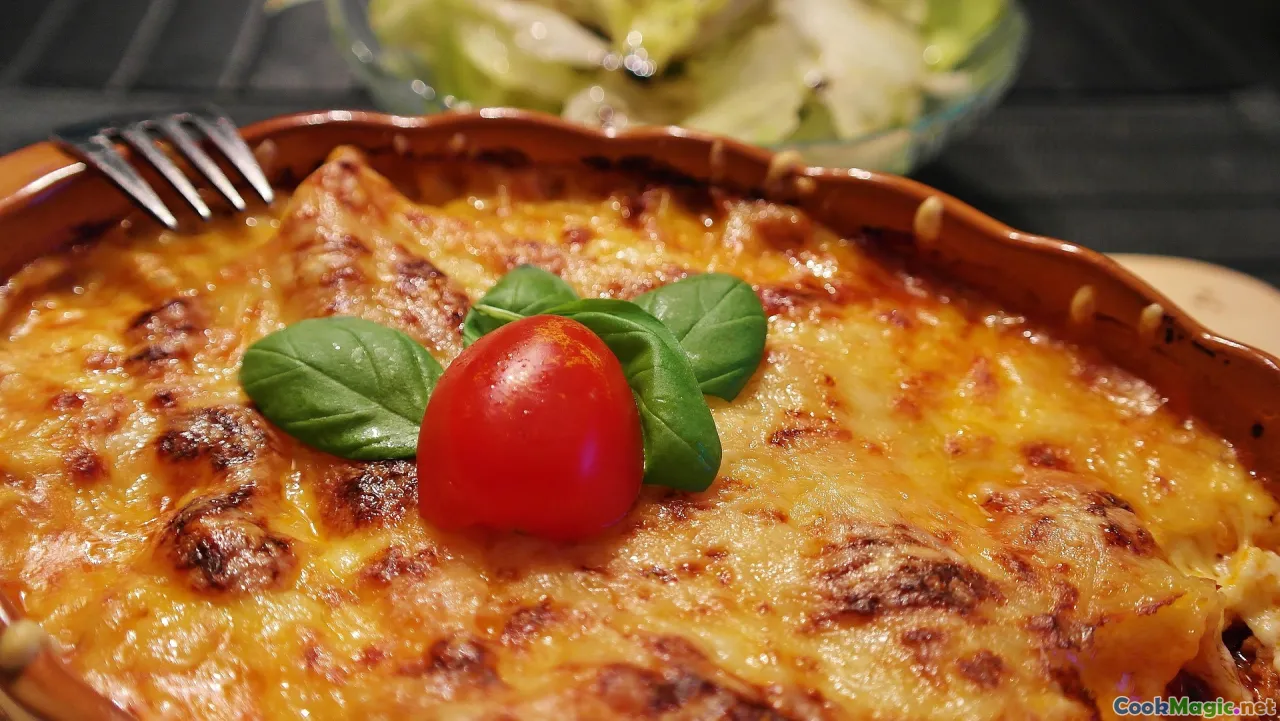
Baking under the earth is a time-honored Bahamian tradition, integrating indigenous practices from the Calypso age. A large fire is built at the base, with stones heated until red hot. Food—often bread, yams, or even whole chickens—is wrapped or placed in clay pots, then embedded in the embers, covered with earth and left to slow-cook.
This method yields dishes with a rich, smoky aroma and a moist interior. One iconic example is Bahamian Baked Chicken—marinated and then wrapped in banana leaves before being buried underground. After several hours, the surrounding soil is excavated, unveiling succulent, tender meat infused with earthy, smoky goodness.
The earth oven technique symbolizes patience and reverence for tradition, connecting cooks with the land and sea, and producing unforgettable, flavor-rich fare.
Final Reflections: The Emotional Core of Bahamian Cooking
Beyond the techniques themselves, what makes the traditional Bahamian methods so compelling is their embodiment of community, history, and a deep connection to nature. Each method—whether open fire roasting during a family barbecue or the delicate steaming of conch—represents a dialogue between cooks, ingredients, and the environment.
In every fold of banana leaf or crackle of wood fire, there's an echo of ancestors who harnessed the island’s resources with ingenuity and care. These methods are lessons in patience, respect for the land, and reverence for tradition. They resonate emotionally, bringing people together to share not just a meal but a story—an experience steeped in cultural pride.
Stepping into a Bahamian kitchen or festival, you’re immersed in a sensory tapestry that’s as vibrant as the islands themselves. These cooking methods carry the soul of the Bahamas, a testament to the resilience and richness of its culinary heritage.
So, the next time you savor a plate of Bahamian cracked conch or indulge in smoky earth-baked chicken, remember—you’re tasting centuries of storytelling, community, and a profound love for the land and sea that continue to shape this island nation’s flavors today.









